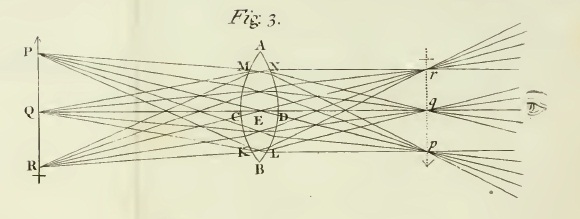
"Self-Portrait with a Felt Hat" (1890-1894) by Paul Cezanne BRIDGESTONE MUSEUM OF ART
By YUHEI WADA
Bridgestone Museum of Art
What makes an artwork a masterpiece? Do we just believe museums when they describe works as "remarkable" without considering the art on our own terms? "Why is it Masterwork?" offers a meaningful start to the year's art activities by posing this controversial question.
The Bridgestone Museum of Art has been popular since it was founded in 1952, and it is full of masterpieces. Yet not all the works are familiar or well-known to the general public, meaning that visitors can quite easy overlook important ones. To reignite a passion for all its works, the museum is exhibiting its permanent collection under this surprising title.
While 12 major masterpieces are being exhibited with background information and notes on their important aspects, two works in particular should draw the viewers' undivided attention — "Self-Portrait with a Felt Hat" (1890-1894) by Paul Cezanne and "Saltimbanque Seated with Arms Crossed" (1923) by Pablo Picasso. Cezanne's impressive painting shows off his skill of creating three-dimensional forms using shapes of color, and his powerful facial expression gives the portrait a great presence. This attention to the two-dimensional form of painting, by focusing on color rather than the actual form of his subject, was also an influence on Picasso's distinct style.
Picasso's painting of a young saltimbanque (performance artist) is from the artist's neoclassical period. The performer possesses an accomplished beauty depicted by sharp lines akin to Greek sculpture, which also expressed the energy of youth. The choice of balanced colors reinforces the painting's visual impact and like Cezanne, Picasso emphasizes the two-dimensionality of artwork.
But it is not only Western masterpieces that The Bridgestone Museum should be famous for. Oil paintings by Japanese artists, such as Takeji Fujishima's "Black Fan" (1908-1909), are equally significant to art lovers. Fujishima's European lady holding a black fan in confident, dynamic brush strokes beautifully expresses femininity and inner tenderness.
Many paintings in the museum were collected through the personal connections of Shojiro Ishibashi, the founder of the museum. Just as he must have asked himself when choosing the pieces, you too should take the time to discover why the pieces on display are indeed "masterworks."
Bridgestone Museum of Art is open 10 a.m.-8 p.m. (Sun. and holidays till 10 a.m.-6 p.m.), closed Mon., admission ¥800. For more information, visit www.bridgestone-museum.gr.jp

No hay comentarios:
Publicar un comentario